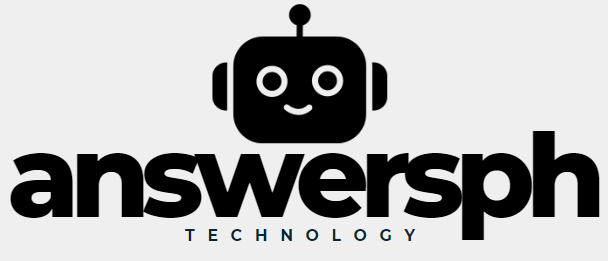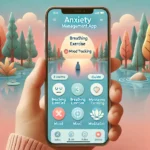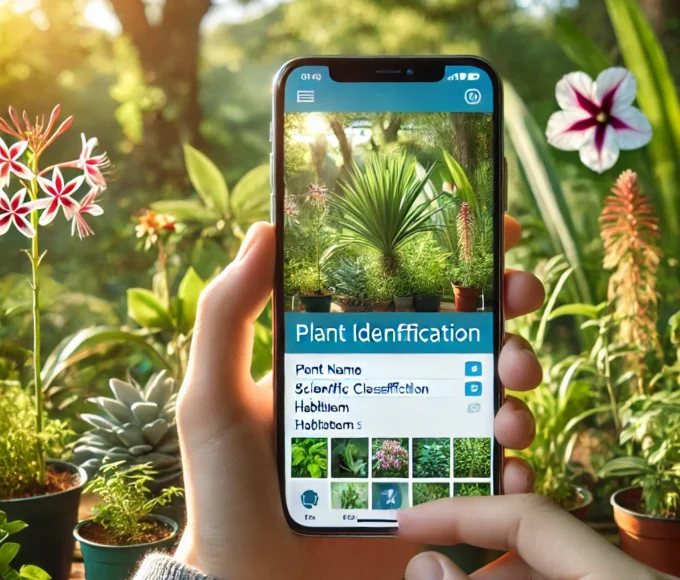Diabetes is a chronic condition that affects millions of people around the world. With the advancement of technology, numerous digital tools for managing the disease have emerged. Among them are mobile apps, which allow patients to monitor their glucose, manage medications, receive and schedule meals and physical activities.
This article will discuss how apps are changing the way people manage diabetes, the common features among them, their pros and cons, and more. Diabetes must be controlled to prevent serious complications such as cardiovascular problems, nerve damage, kidney disease, and more.
Features of Diabetes Control Apps
- Food Record: Use apps like MySugr and Glucose Buddy to record meals, monitoring the intake of carbohydrates and other substances that impact glucose variation.
- Physical Activity Tracking: Some apps can sync with smartwatches and other devices to track fitness activity.
- Data Analysis and Reporting: Some apps analyze the data and generate graphs and reports that can be sent to a healthcare professional.
- Communication with Healthcare Professionals: Some applications allow you to send reports and queries from the platform itself.
Benefits of Diabetes Management Apps
The benefits of diabetes management apps are numerous, benefiting both the user and the healthcare professional. The main ones are:
- Connectivity between Patients and Healthcare Professionals: The continuous connection of these applications with healthcare professionals allows for more active and personalized monitoring of the patient's condition, ensuring interventions before possible complications arise. This proximity can lead to better long-term results.
Disadvantages and Limitations
Using these applications may result in some challenges and limitations, such as:
- Data Accuracy: The data provided manually by the patient may be incorrect or incomplete.
- Privacy and Security: The use of applications involves the collection and storage of protected personal data, requiring specialized security measures.
- Accessibility: Not all patients have access to devices with these applications installed.
- Dependence: Continued use can lead to technology dependence.
- Cost: Some apps that charge for certain features may not be accessible to all categories of diabetes patients.
Examples of Popular Applications
Some popular apps used to manage diabetes include:
- MySugr: A popular app for entering blood glucose, insulin, food, and activity values. It is easy to use and has several reporting options.
- Glucose Buddy: Another popular app designed to record blood glucose, food, and activity information, with compatibility with monitoring devices.
- Glooko: An app with a full list of functions, including synchronization with a variety of meters and data sharing with healthcare professionals.
- BlueLoop: Developed by the JDRF Foundation, BlueLoop is designed for children and adolescents with type 1 diabetes, making it easier to monitor glucose and insulin.
Conclusion
Diabetes management apps are powerful tools that have the potential to improve management of the disease. From blood monitoring to nutrition and medication management, these apps allow patients to monitor their condition more effectively and avoid complications.
However, it is important to recognize the challenges and limitations associated with this technology. Patients and healthcare professionals should be aware of these issues and apply best practices to ensure that these applications are practical and safe. As technology advances, these tools are expected to play an even greater role in patients’ lives.







